Wildfires have become increasingly common and severe in many regions, creating a crisis not just for humans but for wildlife as well. Birds, with their exceptional mobility, might seem less vulnerable than ground-dwelling creatures, but they face numerous challenges during wildfire season. From habitat destruction and food scarcity to smoke inhalation and disorientation, our avian neighbors need assistance during these traumatic environmental events. Supporting birds during wildfire season isn’t just compassionate—it’s essential for maintaining ecosystem balance in affected areas. By understanding their specific needs and taking targeted actions, we can help bird populations survive and recover from these devastating events, ensuring their continued presence in our skies and forests.
Understanding How Wildfires Affect Bird Populations
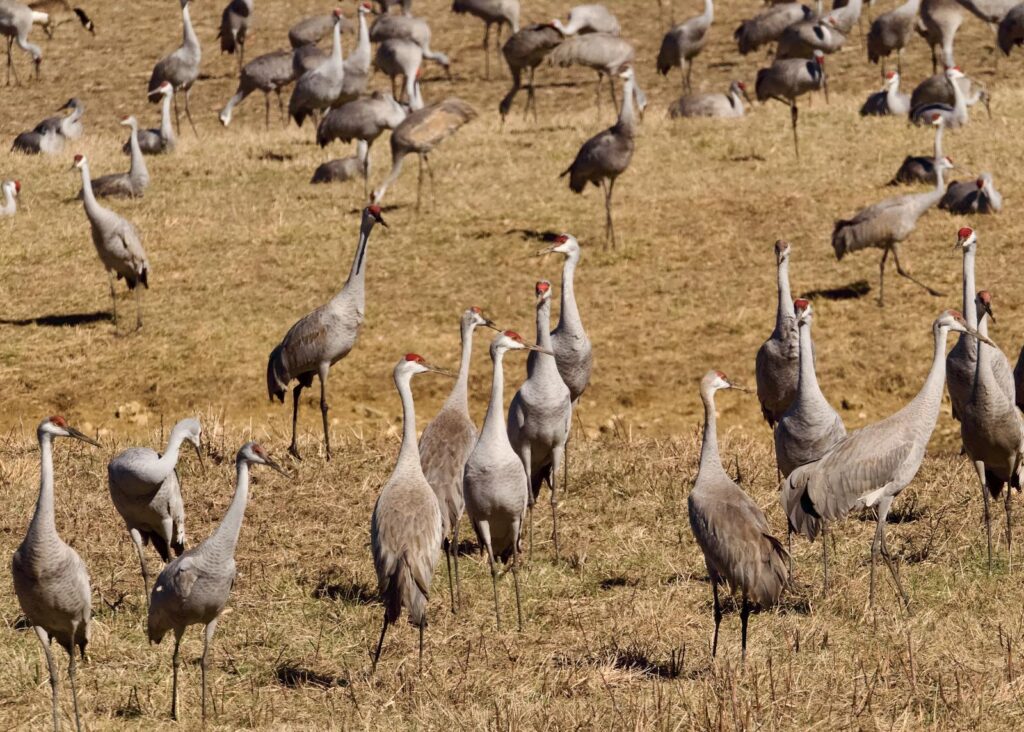
Wildfires impact birds in complex and often devastating ways that extend far beyond the immediate danger of flames. While some birds can escape the direct path of fire, many nesting species lose eggs, nestlings, and critical habitat when fires sweep through their territories. Smoke inhalation can damage birds’ sensitive respiratory systems, which are already highly efficient and therefore more vulnerable to airborne toxins. Research has shown that even birds in areas adjacent to burns may experience physiological stress responses and behavioral changes that can persist long after the fires are extinguished. Additionally, the massive landscape transformations following severe burns can eliminate specialized habitats that certain species depend on, potentially leading to local population declines or displacement.
Providing Emergency Water Sources
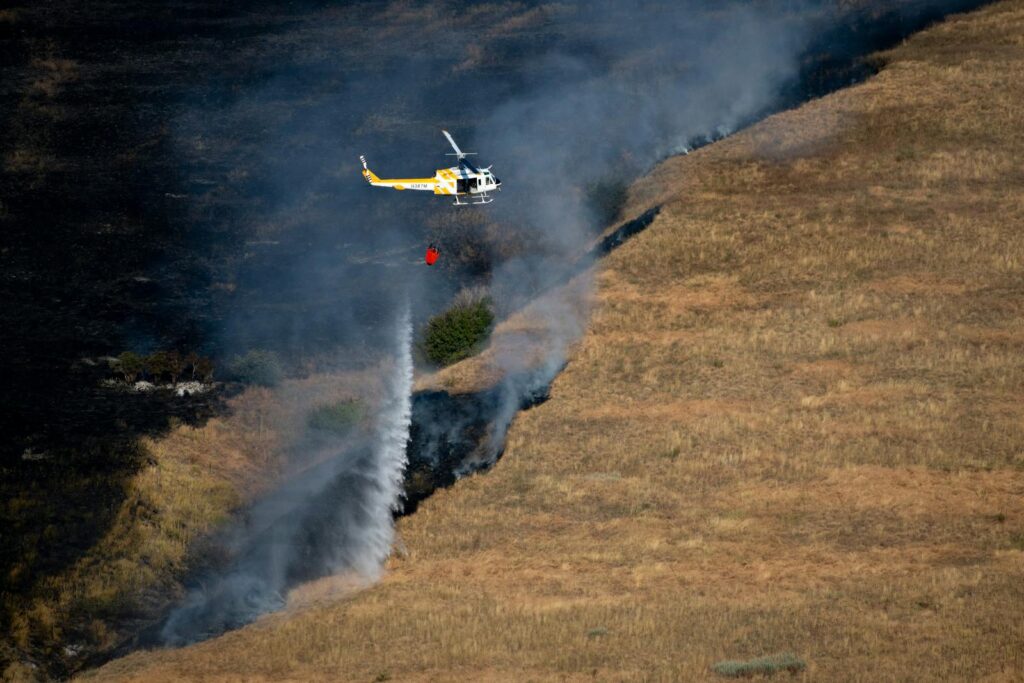
Water becomes critically important during wildfire season, not just for drinking but for helping birds maintain clean plumage and regulate their body temperature. Setting up multiple shallow bird baths throughout your yard creates essential hydration stations for both resident and displaced birds seeking refuge. Change the water daily to prevent the spread of disease and accumulation of ash or debris that may contaminate these vital resources. Consider adding small rocks or floating objects in deeper baths to provide safe landing spots and prevent smaller birds from drowning when accessing the water. During extreme conditions, you might even set up a slow-dripping hose or mister, which can attract thirsty birds and provide welcome relief from heat and dry conditions.
Creating Food Resources When Natural Sources Are Scarce
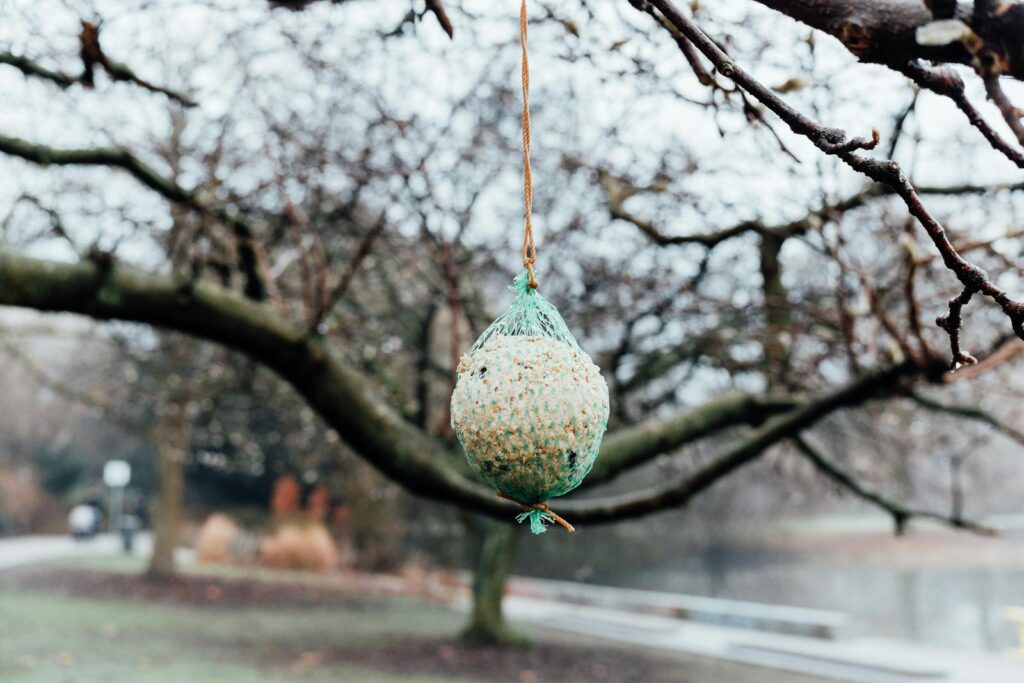
Wildfires often destroy natural food sources like seeds, berries, insects, and native plants that birds depend on, creating potential starvation conditions across large areas. Maintaining well-stocked feeders with high-quality, appropriate foods helps supplement birds’ diets during these challenging times. Offer a variety of foods, including black oil sunflower seeds, nyjer seeds, suet, and mealworms, to support different species with their specific dietary needs. Consider adding extra feeding stations if you notice increased bird activity, as displaced birds may congregate in safe havens away from fire zones. Remember that consistency is key—once you begin providing supplemental food during environmental stress, birds will come to depend on this resource, so maintain your feeding routine throughout the emergency period and beyond.
Monitoring and Maintaining Bird Feeders and Baths During Ash Fall
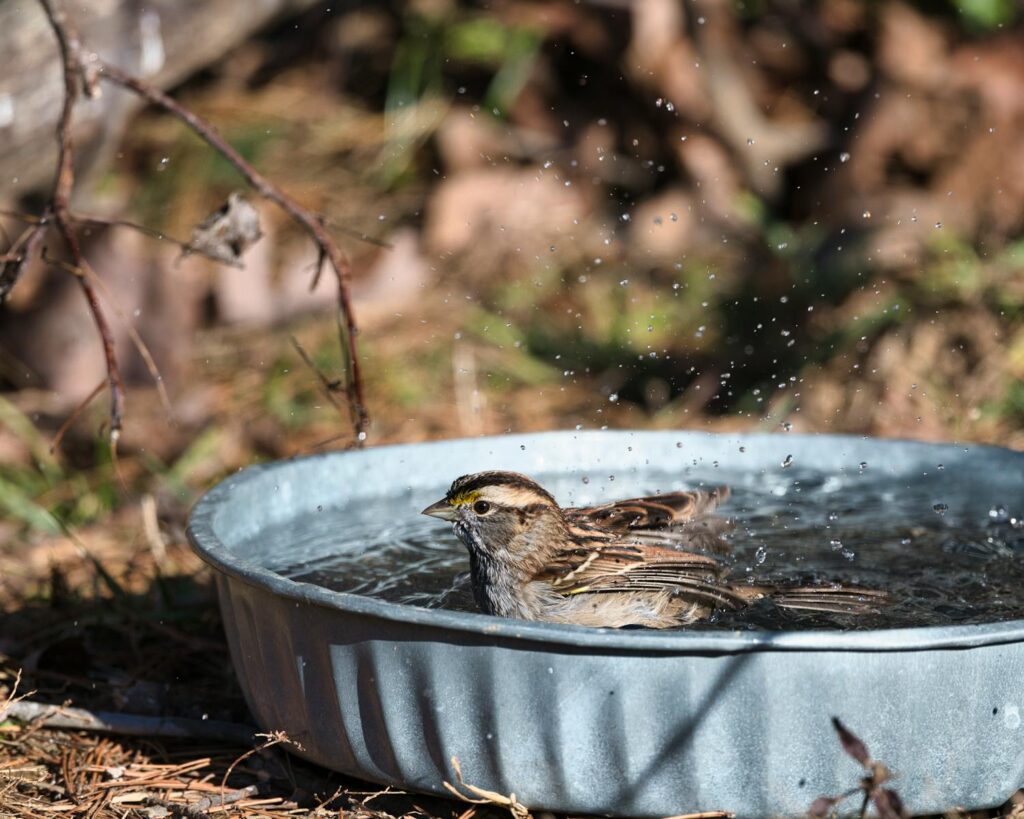
Ash from wildfires presents special challenges for both birds and the humans trying to help them, requiring vigilant maintenance of feeding stations and water sources. Inspect and clean your feeders and baths multiple times daily during heavy ashfall, as contaminated food and water can cause respiratory issues and digestive problems in birds. Consider positioning feeders and baths under protective coverings like patio roofs or large umbrellas to minimize direct ash contamination while still allowing birds easy access. Use feeders with roofs or weather guards that can help keep food drier and cleaner during ash events. Additionally, having backup clean feeders ready to swap out can minimize disruption to feeding birds while you thoroughly clean ash-covered equipment with a mild bleach solution (one part bleach to nine parts water) followed by thorough rinsing and complete drying.
Creating Temporary Shelter Options
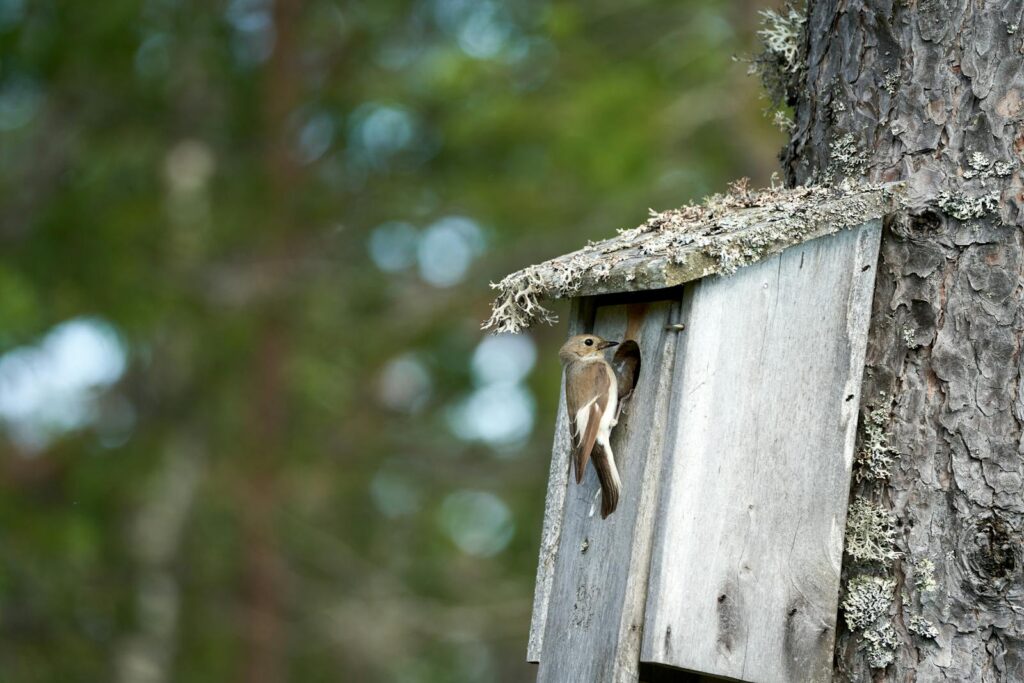
Birds displaced by wildfires urgently need safe places to rest, hide from predators, and escape smoke conditions. Dense shrubs, brush piles, and evergreen trees provide natural protective cover where birds can shelter temporarily. Consider creating brush piles in quiet corners of your yard by loosely stacking branches, leaving plenty of small spaces for birds to enter and exit quickly if needed. If you have a warning of approaching fires in your region, postpone any major landscape maintenance that would remove vegetation providing potential cover for wildlife. For longer-term support, installing nest boxes can provide crucial refuge for cavity-nesting species that may have lost their natural nesting sites in burned forests, though these will primarily benefit birds during post-fire recovery phases rather than during active fire emergencies.
Responding to Injured or Distressed Birds

During wildfire emergencies, you may encounter birds showing signs of injury, smoke inhalation, or extreme exhaustion from fleeing fire zones. The most responsible first action is always to contact local wildlife rehabilitation centers or bird rescue organizations rather than attempting to handle or treat birds yourself, as improper intervention can cause additional stress or harm. Keep contact information for local wildlife rehabilitators readily available during fire season, including after-hours emergency numbers when possible. If you must temporarily contain an injured bird while awaiting professional help, place it in a ventilated cardboard box with a soft cloth and keep it in a quiet, dark place away from pets and children. Remember that federal and state laws protect most native bird species, making it illegal to keep wild birds without proper permits, even with good intentions—professional rehabilitation is always the appropriate path.
Minimizing Additional Stressors
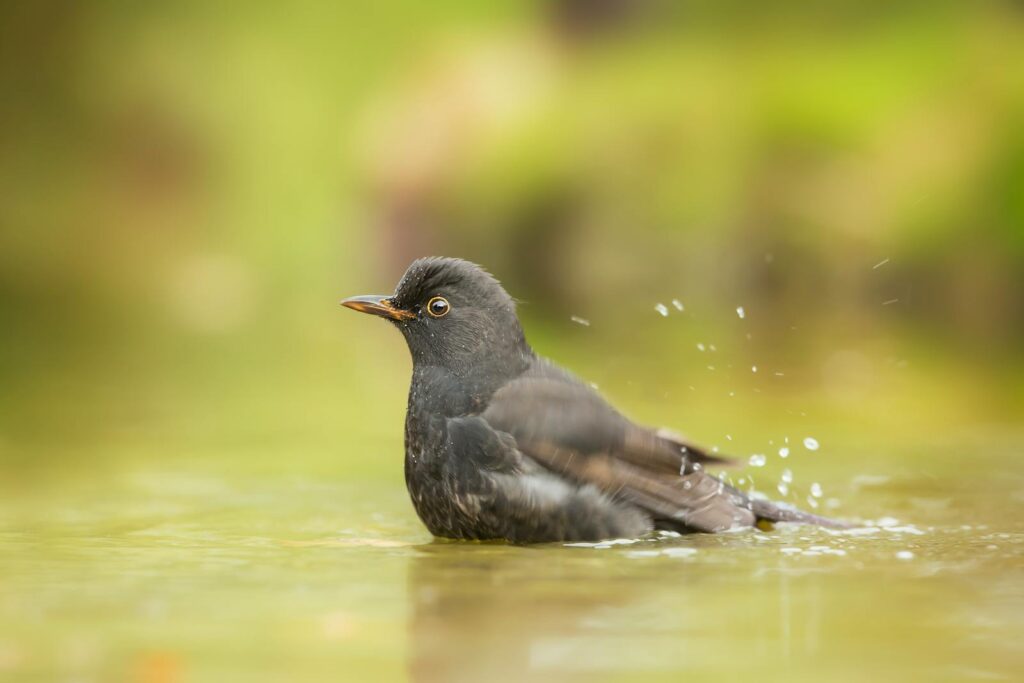
Birds coping with wildfire-related challenges are already under significant stress, making them more vulnerable to additional hazards in their environment. During fire season, take extra precautions to make your yard a true sanctuary by temporarily removing or securing items that might cause harm. Keep cats indoors, as stressed and disoriented birds become easier targets for predators when their normal vigilance is compromised by exhaustion or hunger. Avoid using pesticides and herbicides on your property, as these chemicals can further weaken already-compromised bird immune systems and reduce insect populations that many birds rely on for food. Consider temporarily pausing any noisy outdoor activities or construction projects that might create additional stress for birds seeking refuge in your area. These simple considerations can significantly improve survival chances for birds already navigating traumatic environmental conditions.
Supporting Post-Fire Habitat Recovery
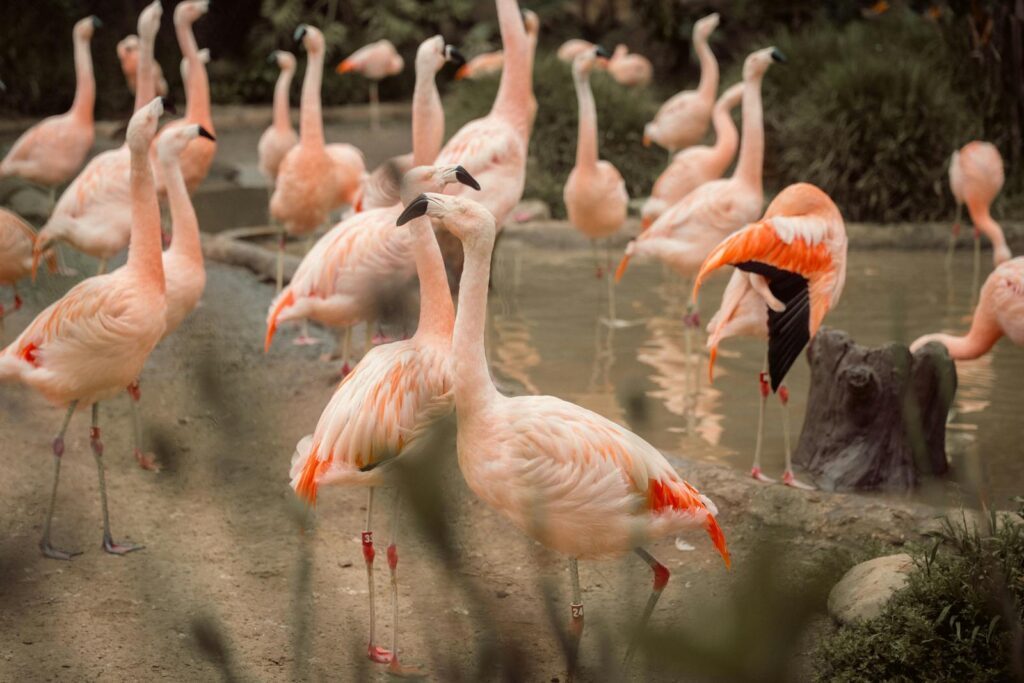
The recovery of bird populations after wildfires depends largely on how quickly their habitat can regenerate, a process we can actively support through thoughtful landscaping and conservation practices. Planting native fire-resistant vegetation provides long-term food sources and nesting sites while potentially creating natural firebreaks that might limit future fire spread. Consider participating in community reforestation efforts in burned areas, which help accelerate the return of forest structure needed by many bird species. Avoid removing dead trees (snags) from your property when safe to leave them standing, as these become important nesting sites for woodpeckers and other cavity-nesting birds that play crucial roles in post-fire ecosystems. Supporting land conservation organizations working to protect and restore wildfire-affected habitats extends your impact beyond your immediate property boundaries to benefit broader bird populations.
Adapting Your Bird Support Strategy for Different Seasons
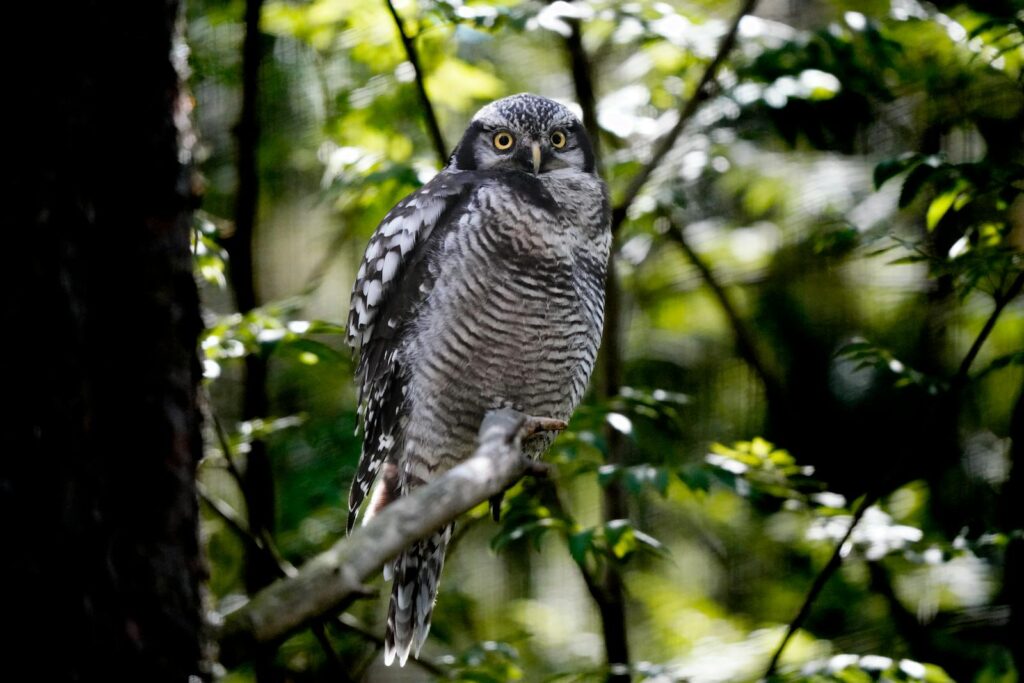
Bird needs to change dramatically throughout the wildfire recovery cycle, requiring adaptive support strategies as seasons change following fire events. During migration seasons after fires, providing abundant food sources becomes especially critical as traveling birds pass through areas with depleted natural resources. Winter brings particular challenges in burned landscapes where insulating vegetation has been lost, making supplemental feeding and unfrozen water sources potentially life-saving for resident species. Spring nesting season in post-fire areas may see birds attempting to build nests in compromised locations, making it important to provide nesting materials like small strips of natural fibers, pet fur, or small twigs in mesh holders. Summer heat can be especially challenging in burned areas lacking shade, so providing water sources and creating shade structures becomes a priority during hot months when birds are already stressed by the thermal environment of blackened landscapes.
Participating in Community Bird Support Networks
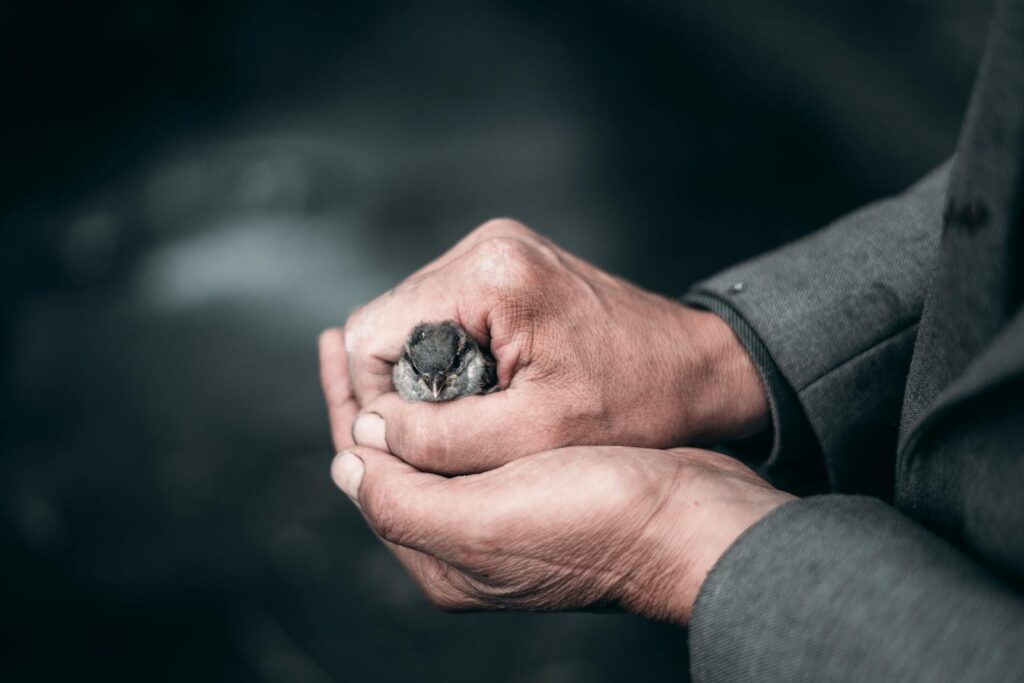
Coordinating with neighbors and community organizations multiplies the positive impact of individual efforts to support birds during wildfire emergencies. Consider creating a neighborhood bird support network where participants each maintain different types of resources, effectively creating wildlife corridors of assistance through residential areas. Join local bird conservation organizations that often coordinate specialized response activities during environmental emergencies, including organized monitoring of affected species and strategic resource provision. Participate in community science projects like eBird or post-fire bird surveys that help researchers track bird population responses to fires, generating valuable data that informs future conservation strategies. These collaborative approaches not only expand the geographical range of bird support but also help distribute the responsibility and resources needed for effective emergency response.
Preparing Your Property Before Fire Season
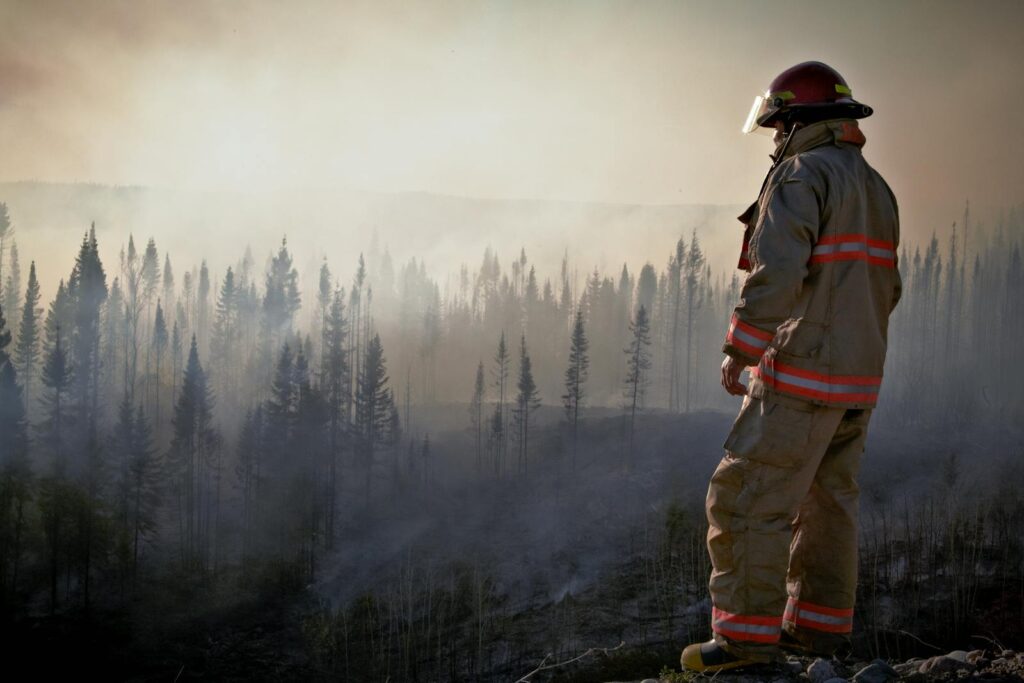
Proactive preparation before wildfire season begins can make your property both safer for humans and more valuable as a bird habitat during emergencies. Create defensible space around structures using fire-resistant landscaping principles while strategically maintaining patches of denser vegetation away from buildings that can serve as wildlife refuges. Install permanent bird baths with nearby hose connections for easy filling during emergencies, and consider rainwater collection systems to ensure water availability during potential utility disruptions. Stock up on extra bird seed, feeders, and cleaning supplies before fire season begins, as these items often become scarce during active wildfire periods when many people suddenly seek them. Having an established bird-friendly yard before emergencies occur makes your property more likely to be recognized as a haven by local bird populations when they need to evacuate from threatened areas.
Understanding Regional Differences in Bird Support Needs
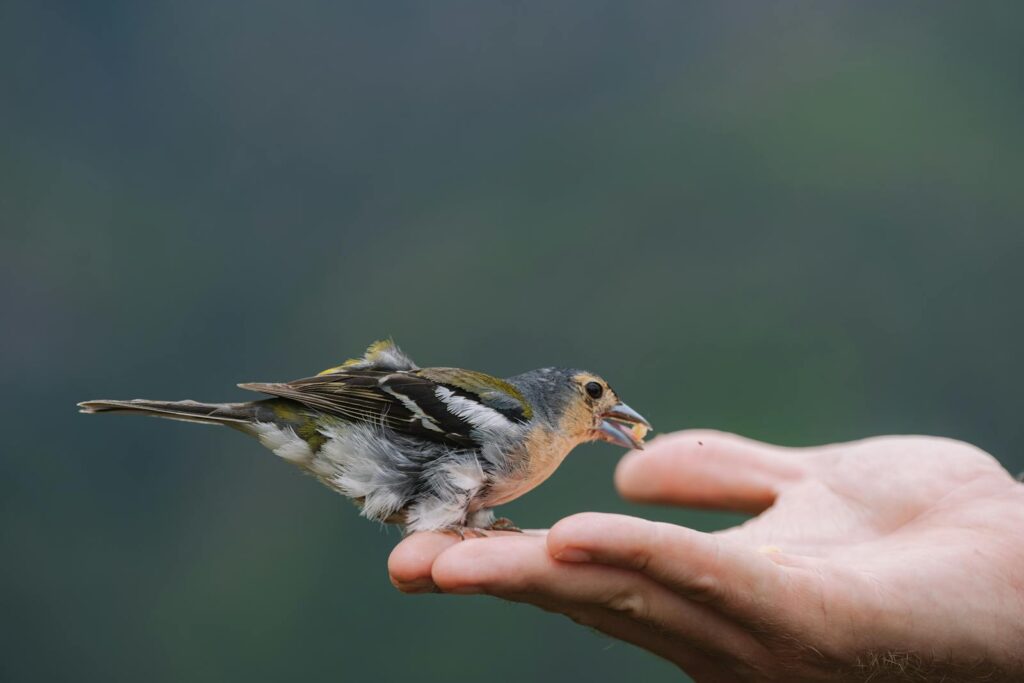
Different ecosystems experience wildfire impacts uniquely, creating region-specific challenges for birds that require tailored support approaches. In Western forests, many bird species have evolved with natural fire cycles and may depend on specific post-fire habitat conditions, making restoration of natural fire regimes important for their long-term survival. Desert regions face particular challenges when scarce vegetative cover burns, potentially requiring more intensive supplemental feeding and artificial shelter provision during recovery periods. Grassland specialists often benefit from controlled burns that maintain their preferred habitat structure, but catastrophic fires during nesting season can devastate ground-nesting populations, requiring focused conservation efforts. Wetland birds may be less directly impacted by flames, but often suffer from fire retardant contamination and ash runoff affecting water quality, necessitating special attention to water resource protection. Understanding these ecosystem-specific dynamics helps target your support efforts to the particular needs of birds in your region.
Advocating for Bird-Friendly Fire Management Policies
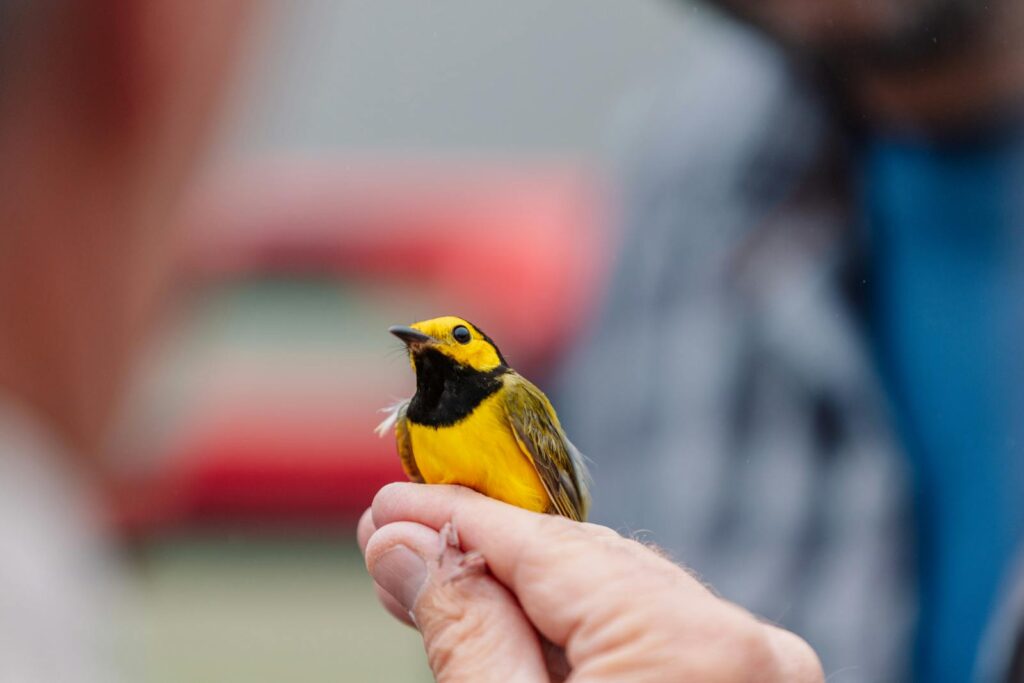
Individual support for birds during wildfire season can be complemented by advocating for policies that reduce catastrophic fire risk while supporting healthy bird habitats. Supporting prescribed burning programs helps prevent the massive, destructive wildfires that overwhelm bird populations’ adaptive capacities while creating the natural fire-influenced landscapes many species evolved to inhabit. Advocate for post-fire management approaches that retain some burned trees and allow natural regeneration rather than immediate salvage logging, which can dramatically reduce habitat value for many bird species. Participate in public comment opportunities on forest management plans to encourage bird-friendly approaches like selective thinning rather than clear-cutting as fire prevention strategies. These policy-level engagements help address the root causes of catastrophic wildlife impacts on birds while creating more resilient landscapes that better support bird populations through inevitable fire events.
Conclusion
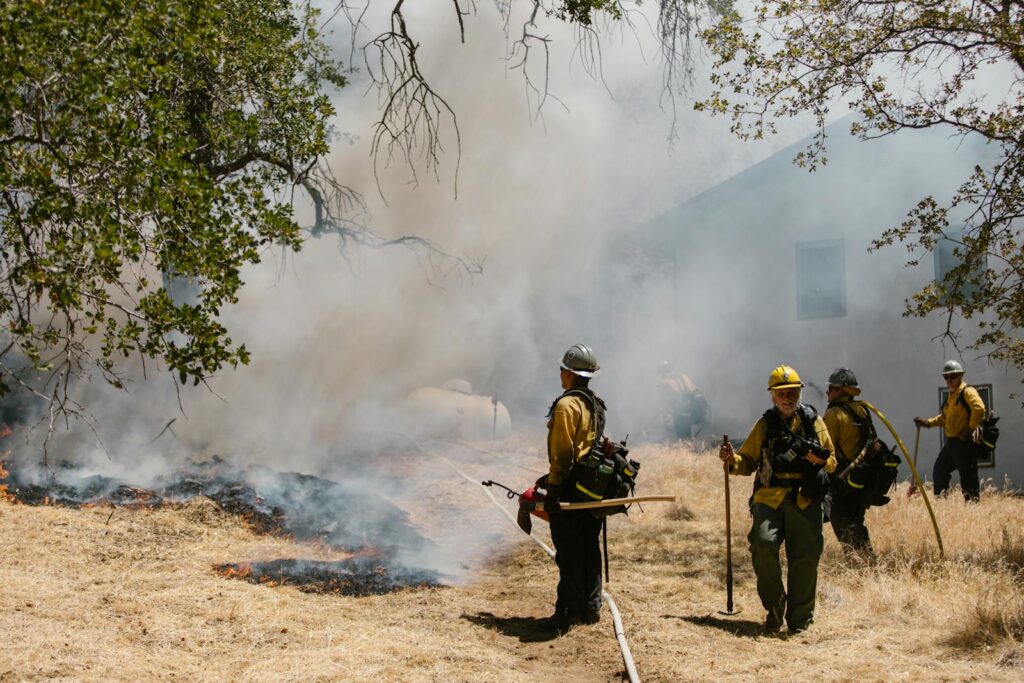
Supporting birds during wildfire season requires a multifaceted approach that addresses their immediate needs while contributing to longer-term habitat recovery. By providing clean water, nutritious food, and safe shelter, we can help birds survive the direct impacts of fires. Maintaining vigilance for injured individuals and connecting with wildlife rehabilitation resources ensures specialized care reaches those most affected. Beyond these emergency measures, participating in habitat restoration and advocating for fire management policies that consider wildlife needs helps build more resilient ecosystems. As climate change increases wildfire frequency and intensity across many regions, our mindful intervention becomes increasingly crucial for maintaining healthy bird populations. Through individual actions and community collaboration, we can create networks of support that help our feathered neighbors weather these challenging environmental events, preserving the biodiversity that makes our natural world so vibrant.
